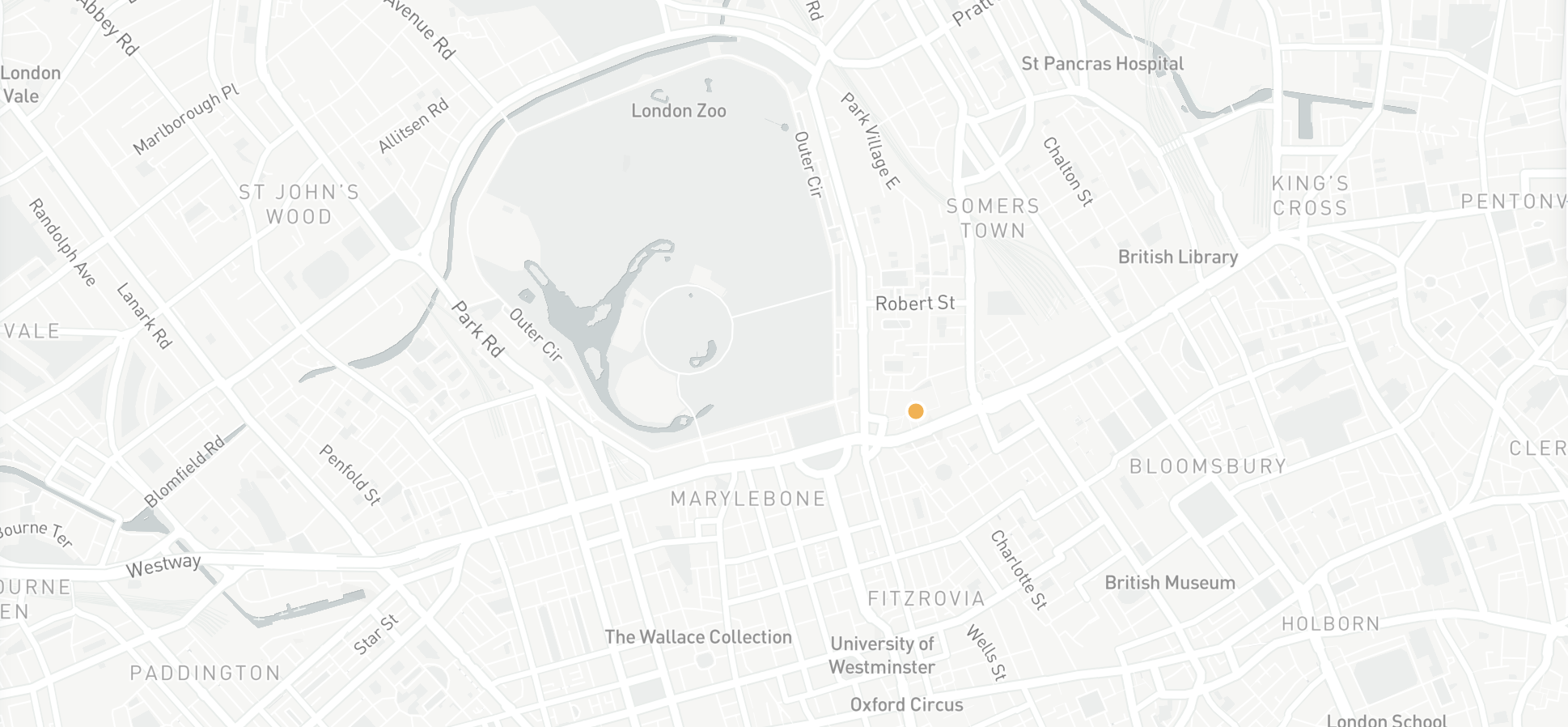Habits and Routines to Improve your Workplace Wellbeing
For many, the prospect of being away from the office might be uncomfortable, removing some of the processes and environments that allowed us to be productive in our jobs. This discomfort can harm our wellbeing, and that’s perfectly OK. Hybrid and remote jobs are more common than they used to be 10 years ago, so this is something we’re all having to get used to in our own ways, which could lead to feelings of anxiousness and lack of motivation.
It may be difficult to adjust, but there are plenty of things you can do to form new routines and improve your wellbeing while working remotely, aside from eating well and exercising regularly. Taking care of yourself and your wellbeing is what’s important right now, so why not give some of the following a try…
Quick links
- Why is work wellbeing important
- How does wellbeing affect work productivity
- Habits and routines for remote workers
- Habits and routines for office workers
Why is work wellbeing important
As an employer, wellbeing of employees should be a priority. It’s not only important for employees to be supported on a personal level, but it can also lead to higher output and productivity between teams.
Employees who feel happy and looked after at work are more likely to go above and beyond in their role and are also more likely to want to work collaboratively with other departments, as opposed to cutting themselves off.
By fostering a positive working environment that reduces stress and boosts morale, you’ll see greater team spirit and an improved staff retention rate.

Like with anything in life, if it makes you feel miserable and drained of energy, you’re less likely to do it, even if it’s important. This principle applies even in the workplace.
Creating an environment where people are happy and want to work will pay dividends in the end. This could be achieved by making the office bright and colourful, ensuring management is kept accountable, or offering a work-life balance that prevents burnout.
All these considerations lead to a more productive team that is happy to work hard, help each other out, and deliver projects they can be proud of.
On the other hand, a working environment that promotes negative emotions can have devastating consequences for the team. Not only are team members less likely to work hard, but the low retention rate can also lead to projects stopping and starting, delays and increased pressure on other team members.
Habits and routines for remote workers
Working at home can be a gateway to a better work/life balance, but without certain precautions, it can lead to a drop in productivity. Creating a routine can help to improve productivity and boost overall happiness within a job.
Here are some of our top tips…
Get dressed
Though it’s tempting to stay in your pyjamas all day while working from home, getting dressed in the morning is a good way to make the transition into “work mode”. It can boost our confidence, while also delineating working from home from being at home, getting us into that ready-to-work mindset that is important for productivity.
You don’t have to get suited up every day, but taking care of your appearance is a large part of self-care.
Designate a workspace
Maintaining the distinction between our workplace and home life is different if you’re working from home. If we can’t fully disconnect from work, our productivity can end up suffering just as much as our home life.
Just like you’d have a specific place that you work from in the office, it’s good to recreate that by setting up a physical workspace in your home. It doesn’t have to be an entire room dedicated to your new office (you might not have the space), but just somewhere that feels as separate from the rest of your home throughout the day, even if it’s a corner of your living room. If the environment is comfortable, provides room for your work, and is relatively quiet, it’ll make do for your at-home office.
What’s key is being able to turn your working day on and off as appropriate, which is why it’s good to keep this workspace confined to a specific area, instead of being spread across your home.
And don’t forget to pack up your things as you would at the end of a typical day in the office, so you can draw a line under the day.
Establish work boundaries
Be clear about when you’re working and when you’re not. Since where we work and live are one and the same when working from home, it can be easy to let work bleed into your downtime.
Don’t be tempted to go beyond your usual hours just because it’s something to do; everyone needs time to switch off and recharge in time for the next day. Tell yourself when enough is enough if you feel like you’re going overboard.
If you live with others, whether it’s friends or family, the distinction is doubly important. Make it clear to the people you live with what your work boundaries are so you can cut down on distractions throughout the day, too.
Talk with your colleagues
When working from home, you miss out on the small talk and coffee breaks that help to break up the day and add a bit of levity to the workplace. Without people physically being around us, we might feel a lot lonelier than before. However your company tends to communicate, don’t be afraid to reach out through Slack, Zoom, email or even WhatsApp – even if it’s not directly about work.
Habits and routines for office workers
If you’re in the office, it’s also important to have routines to ensure that your productivity remains high alongside your workplace happiness.
Here are our top tips to create habits and routines as an office worker…
Get consistent sleep
A consistent, regular sleep schedule is the surest way to have a great day the next day. Experts suggest between 7 and 9 hours per day in order to function properly the following day.
A lack of sleep can severely affect cognitive and physical function the following day, as well as increasing irritability towards clients and colleagues.
In contrast, adequate sleep will mean that you’re ready to take on the tasks that today brings with vigour and energy. Remember, caffeine doesn’t give you energy – it simply blocks your ability to feel tired.
Schedule breaks
You’ve probably heard the phrase all work and no play makes Jack a dull boy – well, it’s true! Your breaks don’t need to be excessive, but they’re incredibly useful to give yourself a rest and recharge to tackle the rest of a task.
At SEFE, we’ve talked extensively about the Pomodoro System, breaking tasks into 25-minute chunks, spaced out by 5-minute breaks. You might think that breaks will hinder productivity, but the research suggests otherwise.
Sometimes, particularly after completing a large task, you might need longer than 5 minutes to get your head back in the game, so don’t be afraid to take a walk away from your desk to ensure that the next task is completed effectively in a way that avoids burnout.
Incorporate movement
Just because you work in an office, it doesn’t mean you should be sitting at your desk all day. Movement can help break up tasks, improve overall happiness and increase your output. Some workplaces even incorporate standing desks into their office so that colleagues can stand up, moving while they work.
If this isn’t possible, take regular breaks to get a drink or snack from the office kitchen, or step outside to get some fresh air. You don’t need to be running marathons on your lunch break, but getting the blood pumping can make a huge difference to your enjoyment of work.
Create a daily/weekly schedule
Having a clear idea of what you do throughout the day, week, or month is a surefire way to feel more productive, giving you regular boosts that come from completing tasks. It’ll also help to reduce stress that can be caused by tasks piling up and overwhelming you.
It doesn’t need to be a rigid structure, but through trial and error, you can adjust your schedule to your circadian rhythm and get more work done with less stress.
Whether you’re in the office, hybrid, or entirely remote, you can benefit from a combination of the tips we’ve provided. By reflecting on your current habits, you can improve your enjoyment of your work and become a more productive team member.
Click here for the latest news and features from SEFE or visit our homepage to find out about our latest career opportunities.
The views, opinions and positions expressed within this article are those of our third-party content providers alone and do not represent those of SEFE. The accuracy, completeness and validity of any statements made within this article are not guaranteed. SEFE accepts no liability for any errors, omissions or representations.








